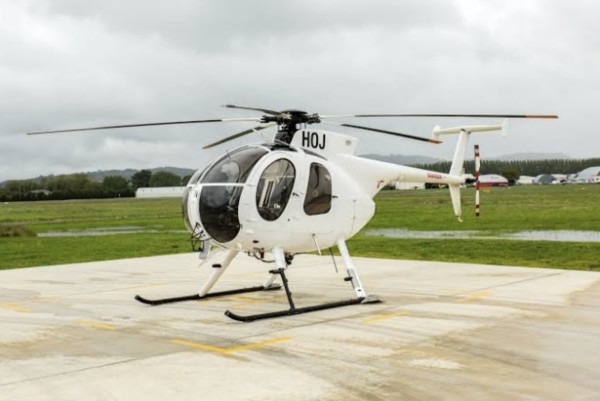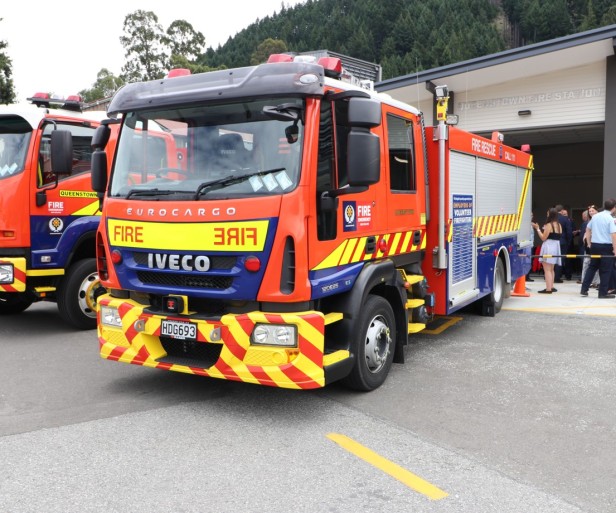Lessons learnt from fatal helicopter crash - report

The Transport Accident Investigation Commission (TAIC) has released its final report on the helicopter accident which killed three people in October 2018, writes The Wānaka App.
The crash killed pilot Nick Wallis and Department of Conservation employees Paul Hondelink and Scott Theobald, who were travelling to Haast in a Hughes 500 (MD500D) for tahr cull operations when their helicopter crashed just after takeoff near the Wānaka Airport.
In its report, made public this morning (Thursday June 13), the TAIC said when a door of an aircraft opens in flight, it should be reported.
"Door openings during flight should be regarded as abnormal and dangerous,” deputy chief commissioner Stephen Davies Howard said.
“However, investigators found that the risk associated with doors opening in flight had become normalised to too many New Zealand pilots and operators.”
Stephen said the TAIC could establish from the evidence what happened during the 2018 crash, but not exactly why.

ZK-HOJ PHOTO: Airwork (NZ) Ltd
The helicopter’s left-rear door very likely opened in flight and unsecured clothing flew out of the rear cabin and TAIC found that the clothing quickly became entangled in the tail rotor, causing a tail rotor blade to break off.
The tail rotor assembly then became severely imbalanced, detached and struck the main rotor disc, breaking two adjacent main rotor blades, and putting the main rotor assembly out of balance, the commission said.
Another main rotor blade then struck the tail boom and the tail section separated, after which the helicopter became uncontrollable and was destroyed when it hit the ground and caught fire.
The accident sequence started about a minute after take-off and lasted only around 14 seconds, Stephen said.
"The risk of a door opening in flight is greater if unsecured cargo is in the cabin,” he said.
“Restraining the cargo in this instance could have prevented the subsequent chain of events and the loss of life."
It is very likely the door opened because its latch was worn and outside the manufacturer's tolerances, Stephen said, and the door opening might have been prevented if the manufacturer's maintenance manual had clearer instructions and these had been followed during routine maintenance.
Manufacturer MD Helicopters has responded positively to TAIC's finding and revised its manual and guidance, he said.
Stephen said the “normalisation” of doors opening in flight meant it was seen by many pilots as “not especially hazardous and therefore not worth reporting to the Civil Aviation Authority [CAA]”.
“If an unusual or hazardous event occurs in the air and it's not reported, maintenance engineers and operators won’t be aware there's a problem to rectify,” he said.
"Everyone should have a shared understanding of the risk and take responsibility to address it.”
One of the other lessons from the tragic accident was that operators need to enforce stringent cargo securing practices, Stephen said.
TAIC’s final report recommends that the director of civil aviation revise the rule, notes and guidance provided for Civil Aviation Rules ‘Part 12: Accidents, Incidents, and Statistics’ that a door opening in flight is a safety issue and to take steps to address occurrences that are not being promptly reported to the CAA.
Stephen said this report augmented TAIC's interim report recommendation (in December 2018) for education work by the CAA to remind aviation participants of the hazards of door-openings and to report all incidents.
Read more: ‘Their loss is profoundly felt’: Community in mourning after fatal crash









